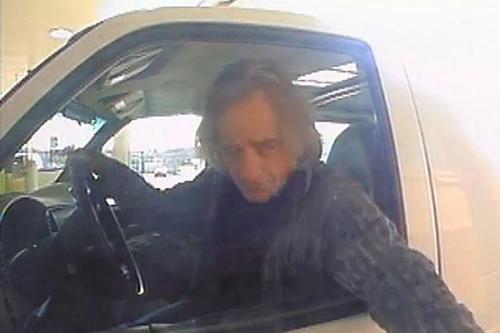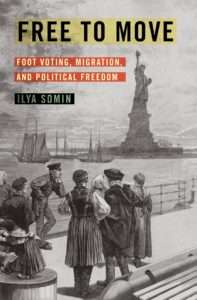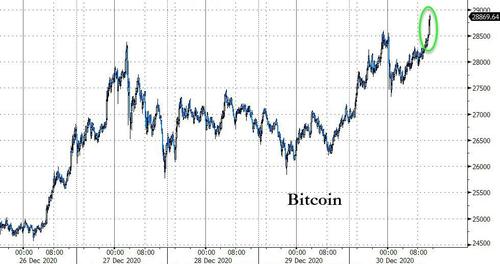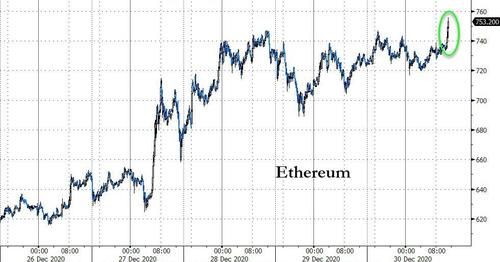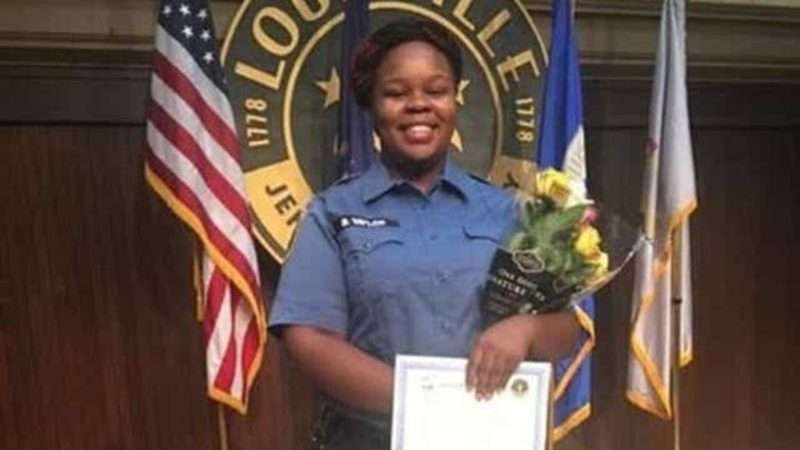
Two more Louisville, Kentucky, police officers who were involved in the drug investigation that led to Breonna Taylor’s death last March received termination letters yesterday. Interim Police Chief Yvette Gentry said Detective Joshua Jaynes lied in the affidavit he used to obtain a no-knock search warrant for Taylor’s apartment and was careless in planning the raid. Gentry also announced her intent to terminate Detective Myles Cosgrove, who according to the FBI fired the round that killed Taylor. The police chief said Cosgrove fired 16 rounds without properly identifying a target.
Police broke into Taylor’s apartment around 12:40 a.m. on March 13, when the 25-year-old EMT and her boyfriend, Kenneth Walker, were in bed. Walker, who said he believed the intruders were dangerous criminals, grabbed a handgun and fired a single round, which hit Sgt. Jonathan Mattingly in the leg. Mattingly, Cosgrove, and Detective Brett Hankison responded with a hail of 32 bullets, six of which struck Taylor. The case, which has been highlighted by Black Lives Matter, figured prominently in this year’s protests against police abuse.
Hankison, who faces three charges of wanton endangerment, was tentatively dismissed in June because he blindly fired 10 rounds from outside Taylor’s apartment. “Your actions displayed an extreme indifference to the value of human life when you wantonly and blindly fired ten (10) rounds into the apartment,” Robert Schroeder, Gentry’s predecessor as interim police chief, wrote in his termination letter to Hankison. “These rounds created a substantial danger of death and serious injury to Breonna Taylor and the three occupants of the apartment next to Ms. Taylor’s….I find your conduct a shock to the conscience. I am alarmed and stunned you used deadly force in this fashion.” Hankison appealed his termination to the Police Merit Board, which “will hear his appeal when his criminal case is completed,” the Louisville Courier-Journal reports.
Hankison and the other officers were serving a warrant obtained by Jaynes, who suspected that Taylor was involved in an ex-boyfriend’s drug trafficking operation. In his search warrant affidavit, Jaynes falsely claimed he had “verified through a U.S. Postal Inspector” that the ex-boyfriend, Jamarcus Glover, was receiving packages at Taylor’s apartment. “Affiant knows through training and experience that it is not uncommon for drug traffickers to receive mail packages at different locations to avoid detection from law enforcement,” Jaynes added. “Affiant believes through training and experience, that Mr. J. Glover may be keeping narcotics and/or proceeds from the sale of narcotics at [Taylor’s apartment] for safe keeping.”
As Gentry notes in her letter to Jaynes, the detective actually obtained the information about the packages from Mattingly, who in turn relied on a police officer in Shively, a Louisville suburb. “Detective Jaynes lied when he swore ‘verified through a US Postal Inspector,'” Gentry writes. “Detective Jaynes did not have contact with a US Postal Inspector….Having an independent, third party verify information is powerful and compelling [evidence]. The inclusion of this in the affidavit as a direct verification was deceptive.”
According to Taylor’s family, police found no drugs or other evidence of criminal activity in her apartment, and Glover has insisted that Taylor was not involved in his criminal activity. A postal inspector in Louisville said there was nothing suspicious about Glover’s packages, which reportedly contained clothing and shoes.
Jaynes apparently knew the packages were innocuous more than a month before the raid. In early February, Jaynes told an investigator with the Louisville Metro Police Department’s Public Integrity Unit, Mattingly informed him that “your guy just gets Amazon or mail packages there.” Jaynes added: “I remember ‘Amazon’ resonating in my head. I just remember the word Amazon. And it could have been mail packages or mail or just mail. I—I can’t remember.”
Gentry also faults Jaynes for failing to complete an operational plan before the fatal raid. “It is clear from this review that there should have been better controls, supervision and scrutiny over this operation prior to the warrant being signed and executed,” she writes. “Because the operations plan was not completed properly a very dangerous situation was created for all parties involved. You were the officer who conducted the majority of the investigation; however, neither you, your direct supervisor, [nor] his lieutenant were present or available at the scene when the search warrant was executed.”
A New York Times reconstruction of the raid, which was not recorded by body cameras, highlights several examples of carelessness. The cops did not know that Taylor’s sister lived in the apartment, and they did not anticipate that Walker would be there. They did not consult with SWAT officers, who learned about the raid only after the fact. Cosgrove and Mattingly both placed themselves in a “fatal funnel” that exposed them to the danger they cited to justify their use of deadly force. Thirty minutes went by before Taylor received medical attention.
Notwithstanding the no-knock warrant, which Jaynes obtained with boilerplate language that did not include any evidence specific to Taylor, the officers banged on the door—for 45 seconds to a minute, by their account, or for 30 to 45 seconds, according to Walker. The officers also say they announced themselves before using a battering ram to knock in the door. But Walker, who called 911 to report a violent break-in and initially faced an attempted murder charge that was later dropped, insists he did not know the intruders were police officers. He says Taylor got no response when she loudly and repeatedly asked who was at the door.
Nearly all of the neighbors who were interviewed by investigators or the press said they heard no announcement. The one neighbor who backed up the cops’ account initially said he likewise did not hear the officers announce themselves. Kentucky Attorney General Daniel Cameron nevertheless concluded that the officers “both knocked and announced their presence at the apartment.”
Cameron decided there was no basis for criminal charges against Cosgrove or Mattingly because they acted in self-defense. A grand juror said the charges against Hankison were the only ones the jurors considered because prosecutors told them charging Cosgrove or Mattingly was not legally viable. But Mattingly’s involvement in Jaynes’ investigation casts doubt on Cameron’s assumption that Mattingly was relying in good faith on a warrant he believed was valid. Jaynes cited information from Mattingly about “packages,” attributing it to a postal inspector. If that information actually indicated that Glover was not sending drugs or drug money to Taylor’s apartment, Mattingly had reason to doubt the basis for the warrant.
In her termination letter to Cosgrove, who fired 16 rounds down a dark hallway, Gentry says he failed to “properly identify a target” when he fired 16 rounds down a dark hallway. “The shots you fired went in three distinctly different directions, demonstrating that you did not identify a specific target,” she writes. “Rather, you fired in a manner consistent with suppressive fire, which is in direct contradiction to our training, values and policy.”
Cosgrove told investigators he was not consciously aware of using his gun. “I just sensed that I’ve fired,” Cosgrove said. “It’s like a surreal thing. If you told me I didn’t do something at that time, I’d believe you. If you told me I did do something, I’d probably believe you, too.” Although Walker fired just once, Cosgrove said he was “overwhelmed with bright flashes and darkness,” which led him to believe “there’s still these gunshots happening due to those bright lights.” He apparently mistook his colleagues’ rounds for hostile fire.
“In your statement, you did not describe target isolation or target identification and instead described flashes that you did not properly evaluate as a threat,” Gentry writes. “Had you evaluated the threat accurately, you would have likely stopped firing once the gunfire had stopped.”
In her letters to Jaynes and Cosgrove, Gentry said “the investigation conducted by the Louisville Metro Police Department’s Professional Standards Unit is now complete.” Jaynes and Cosgrove will have an opportunity to rebut Gentry’s criticism before she finalizes her decision. They can then appeal her decision to the Police Merit Board.
The FBI is still looking into the raid, including the circumstances surrounding the search warrant, but the intent requirement for federal civil rights charges is hard to meet. More than nine months after the raid, Hankison is the only officer to be prosecuted in connection with it, and the charges against him, which allege that he endangered Taylor’s neighbors, are not related to her death.
from Latest – Reason.com https://ift.tt/3rFuGZj
via IFTTT

